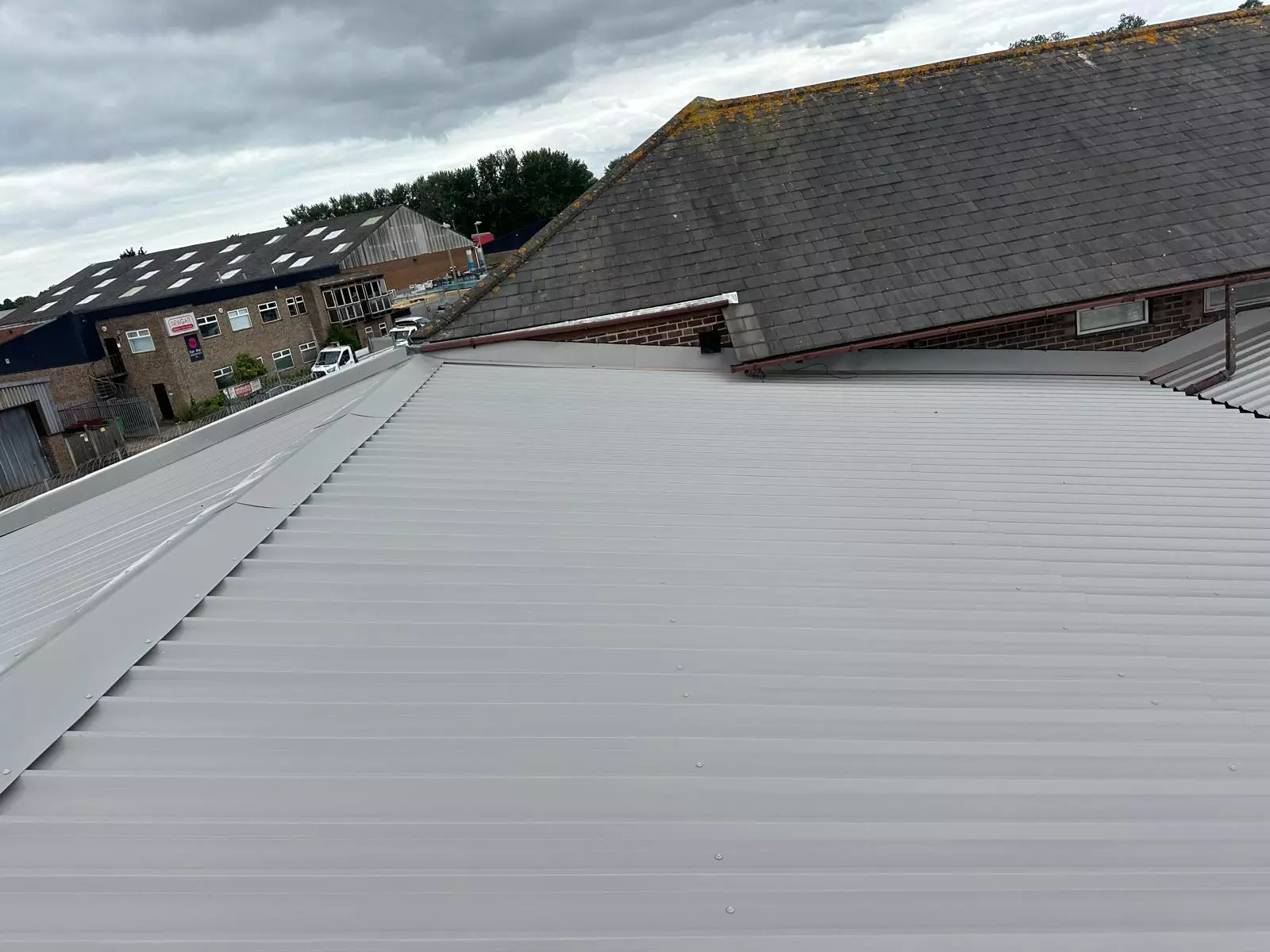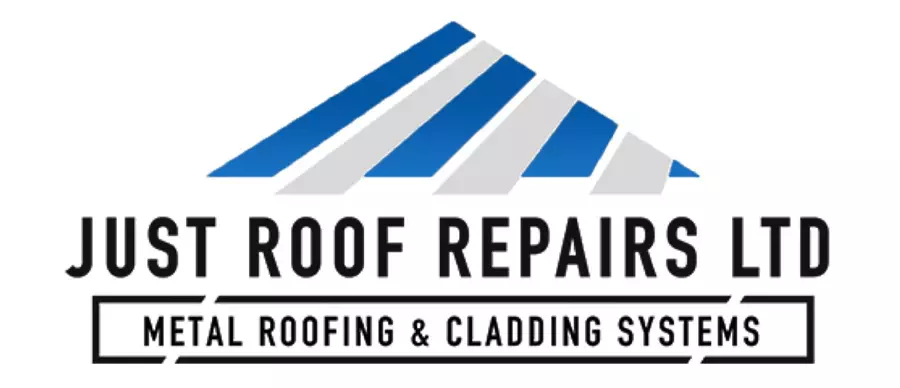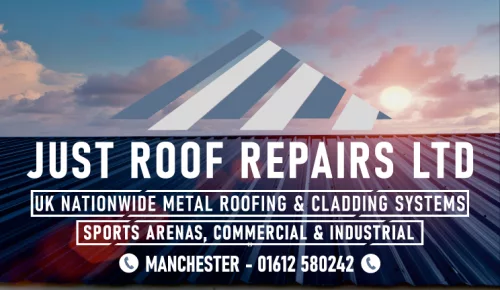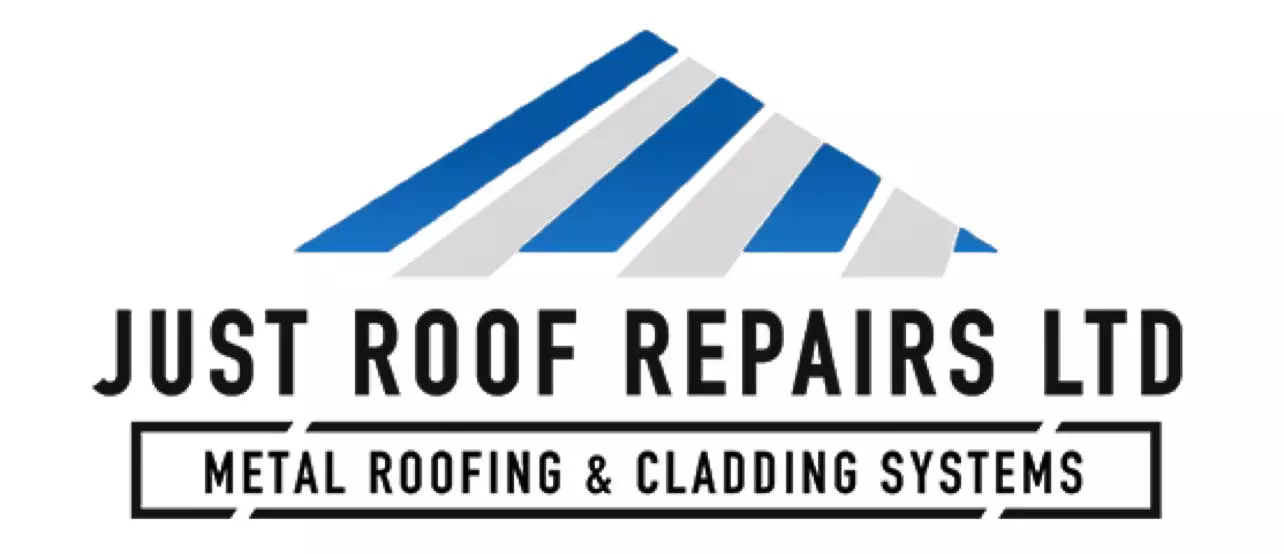When considering how much it costs to overclad an asbestos roof, you’ll find that the price can vary considerably based on several factors, including labor, materials, and project complexity. Typically, you might expect to pay between $50 and $150 per square meter, but that’s just the starting point. It’s essential to account for potential additional expenses, like compliance with safety regulations and structural reinforcements. Understanding the nuances of these costs can help you make informed decisions, but there are more considerations that could impact your overall budget.

Understanding Asbestos Roof Risks
Asbestos roofs pose substantial health risks, primarily due to the fibers that can become airborne during deterioration or damage.
You need to be aware that when these fibers are inhaled, they can lead to serious asbestos health issues, including asbestosis, lung cancer, and mesothelioma. The risk increases considerably when the roof is disturbed, either through natural wear or renovation activities.
Regular inspections are important for maintaining roof safety. If you notice signs of damage, such as cracks, chips, or considerable wear, it’s critical to take immediate action.
Even minor repairs can release fibers into the air, posing a health hazard to anyone nearby.
If you own a property with an asbestos roof, it’s imperative to understand the legal requirements regarding its management and removal.
Local regulations often dictate how to handle asbestos safely, and non-compliance can lead to severe penalties.
Benefits of Overcladding
Overcladding an asbestos roof offers several notable advantages that address both safety and cost concerns.
First and foremost, overcladding effectively encapsulates the hazardous asbestos material, considerably reducing the risk of exposure to harmful fibers. This method provides an immediate safety upgrade without the need for costly and disruptive removal processes.
In addition to the health benefits, you’ll also notice aesthetic improvements. The new overcladding materials can dramatically enhance the appearance of your building, making it more visually appealing and potentially increasing its market value.
With a variety of styles and colors available, you can tailor the look to fit your property’s identity.
Furthermore, insulation benefits are another critical advantage of overcladding. By adding an insulation layer, you can improve your building’s energy efficiency, reducing heating and cooling costs.
This not only leads to financial savings over time but also contributes to a more comfortable indoor environment.
Factors Affecting Cost
When considering the costs associated with overcladding an asbestos roof, several key factors come into play that can greatly influence the overall price. Understanding these factors is essential for making an informed decision.
| Factor | Influence on Cost |
|---|---|
| Asbestos Regulations | Compliance requirements can add to labor and disposal costs. |
| Roofing Materials | The choice of materials (e.g., metal, PVC) directly impacts the cost. |
| Roof Size | Larger areas require more materials and labor, increasing costs. |
| Accessibility | Difficult access can lead to higher labor charges. |
Adhering to asbestos regulations is paramount, as violations can lead to substantial fines and safety hazards. The type of roofing materials you choose also plays a significant role; premium materials may offer durability but come at a higher price. Additionally, the size of your roof will dictate the quantity of materials required, and any complexities in accessing the roof can further elevate labor costs. By evaluating these factors carefully, you can better estimate the costs associated with your project. Remember, thorough planning can help mitigate unforeseen expenses later on.
Average Cost Breakdown
Understanding the average cost breakdown for overcladding an asbestos roof is important for budgeting your project effectively. Typically, you’ll find that the total cost can range from $50 to $150 per square meter, depending on various factors.
Labor costs often constitute a significant portion of the budget, accounting for 40-60% of the total expenses. Skilled tradespeople familiar with safety regulations regarding asbestos handling are essential in this process, ensuring compliance and minimizing risks.
Material costs, which can vary widely based on the type of cladding chosen, generally represent 30-50% of your total budget. Installation techniques also play a key role in determining these costs; more complex methods may require additional labor or specialized equipment, further impacting your bottom line.
Moreover, don’t forget to take into account the potential need for structural assessments or reinforcements, which could add another layer of expense.
Material Options for Overcladding
Selecting the right materials for overcladding an asbestos roof can greatly influence both the effectiveness and longevity of your project. You’ll want to take into account various roofing materials that not only provide structural integrity but also guarantee proper asbestos encapsulation.
Common options include metal sheets, which offer durability and resistance to harsh weather conditions. They can effectively seal the underlying asbestos while providing a modern aesthetic.
Another popular choice is fiber cement boards. These materials are non-combustible and resistant to moisture, making them ideal for enhancing insulation and preventing water ingress. When installed correctly, they work well for encapsulating asbestos, minimizing any potential health risks.
Alternatively, you might take into account using insulated panels, which provide thermal efficiency and can also assist with soundproofing. These panels simplify the installation process while guaranteeing a robust barrier over the existing roof.
Ultimately, the materials you select will impact not just the immediate aesthetics but also the long-term safety and maintenance of your structure. By prioritizing quality roofing materials, you can guarantee that your overcladding project is both effective and sustainable.
Labor Costs and Considerations
Labor costs for overcladding an asbestos roof can vary greatly based on several factors, including the complexity of the project, the materials chosen, and the expertise required.
You’ll need to take into account the different labor types involved, such as demolition, installation, and finishing work. Each type demands a specific skill set, which can impact costs considerably. For instance, specialized contractors trained in asbestos handling might charge higher rates due to their expertise and the necessary safety protocols.
Project duration also plays an important role in labor costs. A straightforward overcladding job may take a few days, while a more complicated installation could extend over several weeks. During this time, labor rates can accumulate, particularly if you’re hiring a team of professionals.
It’s vital to obtain detailed quotes from contractors, breaking down labor types and estimated hours to get a clearer picture of your total expenses.
Additionally, keep in mind that unforeseen issues, like structural repairs or additional insulation needs, can extend project duration and incur further labor costs.
Therefore, budgeting for potential contingencies is wise to guarantee a smooth and cost-effective process.
Long-Term Savings and Value
Overcladding an asbestos roof can often lead to significant long-term savings and increased property value. By implementing effective maintenance strategies during and after the overcladding process, you can reduce future repair costs that typically arise from aging roofs. The protective layer of new materials not only extends the lifespan of the underlying asbestos but also minimizes the risk of leaks and structural damage.
Moreover, energy efficiency plays an essential role in your overall savings. Overcladding enhances insulation, reducing heat loss in winter and keeping interiors cooler in summer. This improved thermal performance can lead to lower energy bills, making your property more economical to operate over time.
Additionally, as energy costs continue to rise, having an energy-efficient roof will become increasingly valuable. Future buyers are likely to appreciate the lower operational costs and reduced environmental impact, making your property more attractive in the real estate market.
Frequently Asked Questions
How Long Does the Overcladding Process Typically Take?
The overcladding process typically takes one to three weeks, depending on the installation timeline and the complexity of the project. Proper planning and quality overcladding materials can streamline the process, ensuring efficient installation and minimal disruption.
Can I Overclad an Asbestos Roof Myself?
While DIY overcladding might seem appealing, the challenges are significant. You’ll need to adhere to strict safety precautions due to asbestos risks. It’s often wiser to hire professionals to guarantee compliance and safety standards are met.
What Permits Are Required for Overcladding?
You’ll need to consult local asbestos regulations and overcladding guidelines before starting. Typically, building permits and possibly environmental assessments are required to guarantee compliance and safety when working with asbestos-containing materials.
Will Overcladding Affect My Home Insurance?
Overcladding can impact your insurance coverage. It’s vital to review your policy implications, as insurers may require updated assessments or adjustments to guarantee adequate protection, especially when dealing with materials like asbestos. Always consult your provider.
Is There a Risk of Asbestos Exposure During Overcladding?
Yes, there’s a risk of asbestos exposure during overcladding. Proper asbestos handling and strict safety precautions are essential to minimize hazards. Always consult professionals experienced in asbestos management to guarantee a safe and compliant process.
Conclusion
To sum up, over cladding an asbestos roof can be a smart investment, balancing safety and cost-effectiveness. By understanding the risks and weighing the benefits, you can make an informed decision. Have you considered how a new roof could transform your building’s appearance while ensuring compliance and protection? With careful planning and consideration of materials and labor, you can achieve a durable solution that minimizes long-term risks and maximizes value for your property.


